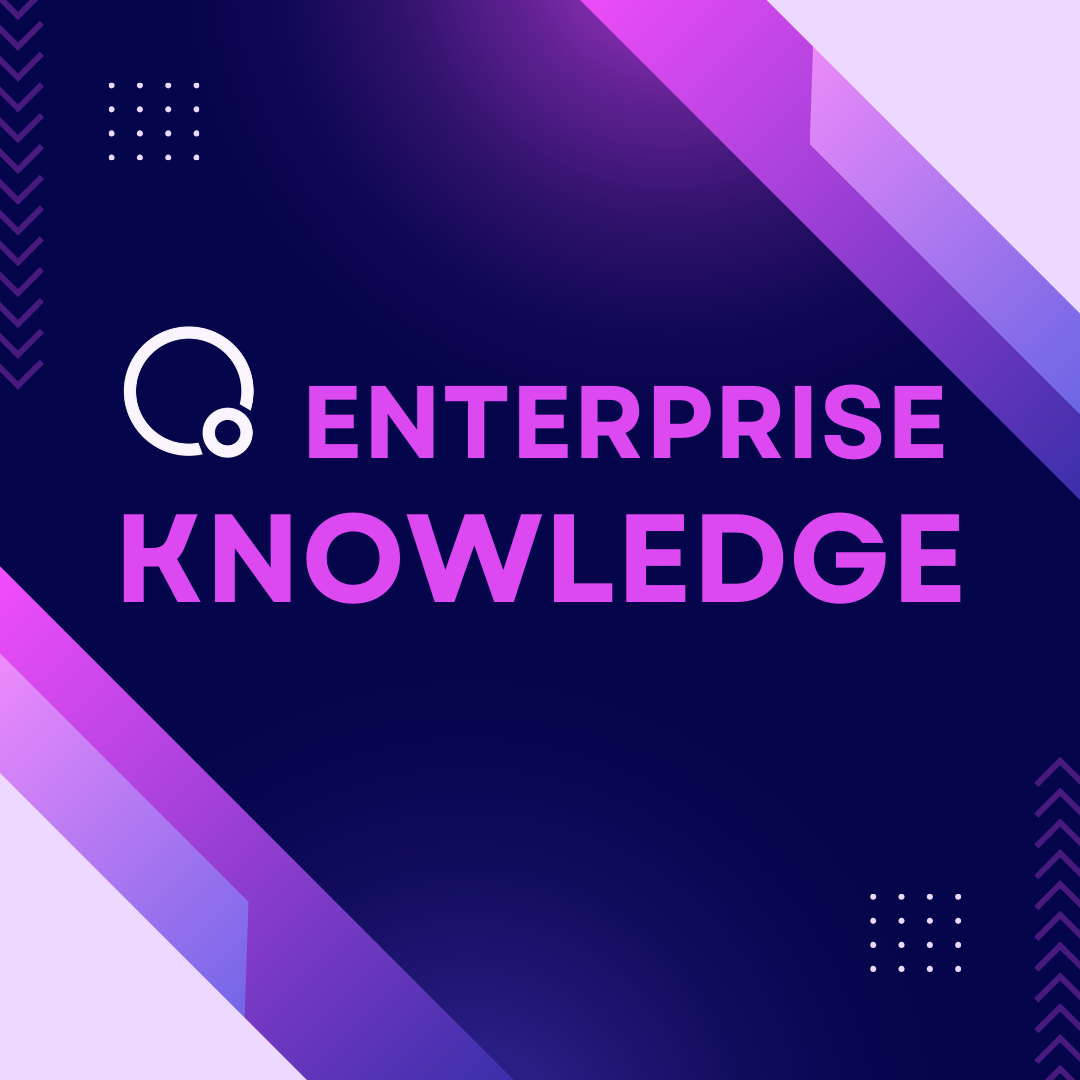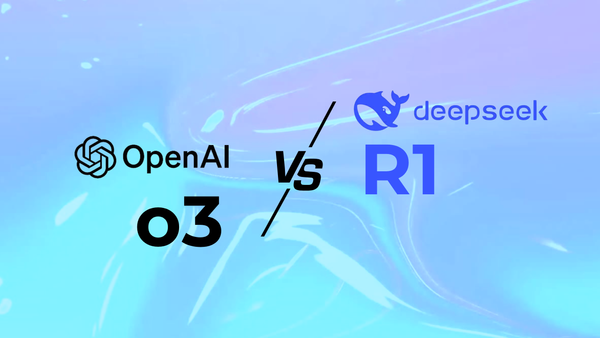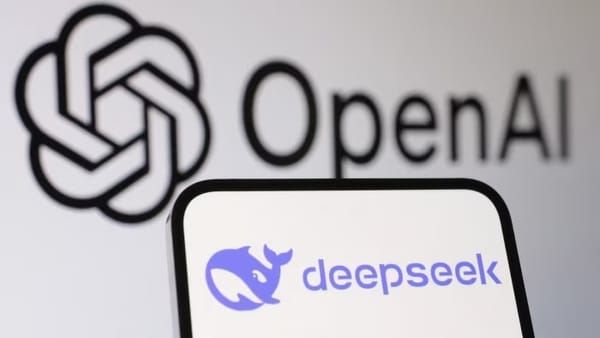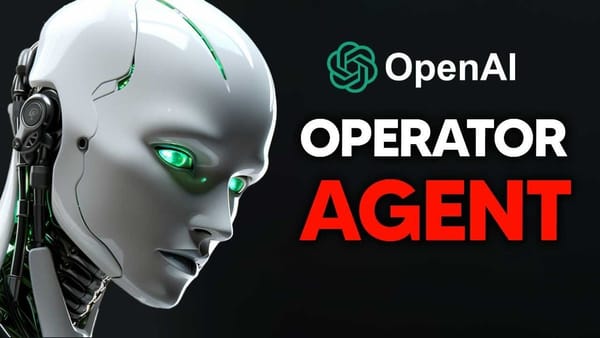Managing Enterprise Knowledge with Retrieval-Augmented Generation

Introduction
In the fast-paced digital age, managing enterprise knowledge effectively has become paramount. Traditional knowledge management systems often struggle to cope with the volume, variety, and velocity of information. Retrieval-Augmented Generation (RAG) presents a transformative solution, merging the robustness of information retrieval with the flexibility of generative AI, thus enhancing accuracy, dynamism, and scalability in knowledge management.
Understanding Retrieval-Augmented Generation (RAG)
RAG is an innovative AI technology that combines the strengths of two powerful components: a retrieval system that fetches relevant information from a vast data repository and a generative model that processes this information to create coherent, contextually appropriate outputs. This hybrid approach allows organizations to leverage existing information effectively while continuously generating up-to-date, customized content.
Building an Effective Knowledge Base with RAG
Developing an effective knowledge base using Retrieval-Augmented Generation (RAG) is a sophisticated process that involves integrating various technologies and methodologies to handle diverse data types, establish robust connections, construct knowledge graphs, enhance search capabilities, and design prompt-driven workflows.
1. Collecting Diverse Data Types
To maximize the utility of a RAG system, it's essential to collect a wide range of data types from multiple sources across the enterprise. This includes structured data (like databases and spreadsheets), semi-structured data (such as XML and JSON files), and unstructured data (including emails, documents, and multimedia). Each type of data provides unique insights and adds depth to the knowledge base, enabling more comprehensive responses and analysis.
2. Establishing Data Connections
Effective data integration is crucial. Establishing robust data connections ensures seamless access to and retrieval of information from disparate sources. Utilizing middleware and APIs for system integration helps maintain data integrity and consistency. This setup facilitates the retrieval component of RAG to pull relevant information efficiently when needed.
3. Building Knowledge Graphs
Knowledge graphs represent relationships between data entities in a visual format that is intuitive both for human and machine understanding. Constructing knowledge graphs helps in organizing data semantically, enhancing the RAG's ability to understand context and relationships between different pieces of information. This aids in delivering more accurate and contextually relevant responses based on user queries.
4. Enhancing Search Capabilities
To optimize the effectiveness of a RAG-based knowledge base, enhancing search capabilities is fundamental. Implementing advanced search algorithms and indexing techniques ensures that the retrieval component of RAG can find the most relevant information quickly and accurately. Integrating natural language understanding can also improve the search experience by allowing users to make queries in conversational language, which the system can interpret correctly.
5. Developing Prompt Workflows for RAG
Prompt workflows are essential for guiding the generative component of RAG in producing specific outputs required by the enterprise. Designing detailed prompts that can specify what information to retrieve and how to present it helps in maintaining relevance and precision. Workflows should include triggers based on user interactions or predefined conditions, which activate specific prompts, making the system proactive and highly responsive to user needs.
Case Studies
Case Study 1: Financial Services Company
A major financial services company faced challenges in managing the vast amount of client data and providing timely, personalized financial advice. They implemented a RAG system to enhance their client advisory services.
Implementation:
Data Integration: The company integrated data from various sources, including transaction records, client profiles, and market trends, into a centralized data lake.
RAG Deployment: Using RAG, the system was designed to retrieve relevant financial data and generate tailored investment advice based on individual client profiles and market conditions.
User Interaction: Advisors were provided with an AI-powered interface where they could input client queries, and the system would generate comprehensive, personalized advice.
Results:
Improved Client Satisfaction: The RAG system provided clients with more accurate and personalized advice, leading to higher satisfaction and retention rates.
Increased Efficiency: Advisors were able to handle client queries more quickly and with greater accuracy, reducing response times and increasing the productivity of the advisory team.
Case Study 2: Healthcare Provider
A large healthcare provider sought to improve the management of its medical knowledge and enhance patient care by integrating the latest medical research and treatment guidelines into daily practice.
Implementation:
Data Collection: The provider consolidated medical research, clinical trials data, and patient records into a unified knowledge base.
RAG System: They implemented a RAG system that could pull the latest research and correlate it with patient data to suggest personalized treatment options.
Interface for Medical Staff: Doctors and nurses accessed the RAG system through a clinical decision support interface that provided real-time, evidence-based recommendations based on the latest medical knowledge.
Results:
Enhanced Patient Care: The RAG-enhanced system enabled healthcare professionals to access up-to-date treatment options and medical research, leading to better patient outcomes and more informed clinical decisions.
Streamlined Information Access: The system significantly reduced the time doctors spent searching for information, allowing more time for patient care.
Impact and Future Prospects
Both case studies demonstrate the transformative potential of RAG in managing extensive databases and generating real-time, context-specific insights. The financial services company was able to provide personalized financial advice efficiently, while the healthcare provider improved patient care through access to updated and relevant medical knowledge. As RAG technology continues to evolve, its adoption is expected to increase, further revolutionizing data management and decision-making in various industries.
Best Practices for RAG in Knowledge Management
To maximize the effectiveness of Retrieval-Augmented Generation (RAG) systems in enterprise knowledge management, adhering to a set of best practices is essential. These practices ensure that the RAG system is not only effective at launch but continues to evolve and improve over time, adapting to new data and changing business needs. Here's an expanded look at the best practices for implementing and maintaining a RAG system:
1. Establish Clear Objectives and Metrics
Define Clear Goals: Clearly articulate what you aim to achieve with the RAG system, whether it's improving customer service, enhancing decision-making, or streamlining operations.
Set Performance Metrics: Establish quantitative and qualitative metrics to measure the effectiveness of the RAG system. These might include accuracy of information retrieval, user satisfaction scores, or speed of response.
2. Comprehensive Data Governance
Data Quality Management: Ensure that the data fed into the RAG system is of high quality, as the output quality is directly dependent on input quality. Implement processes to regularly clean, update, and verify the data.
Secure Data Practices: Apply robust security measures to protect data integrity and confidentiality. This includes encryption, access controls, and regular audits to ensure compliance with industry regulations and standards.
3. Continuous Model Training and Updating
Regular Updates: Continuously update the RAG model with new data to keep the system relevant and effective. This includes integrating new industry developments, organizational changes, or shifts in customer behavior.
Feedback Loops: Implement feedback mechanisms where users can report inaccuracies or suggest improvements. Use this feedback to refine the model and its outputs.
4. Foster Collaboration Across Teams
Cross-Functional Involvement: Encourage collaboration between IT, data science, and operational teams to ensure the RAG system meets diverse needs and leverages cross-disciplinary insights.
Knowledge Sharing: Create forums or regular workshops where team members can share their experiences, challenges, and solutions related to the RAG system. This helps in spreading best practices and encouraging innovation.
5. Leverage Advanced Tools for Development and Deployment
Use State-of-the-Art Tools: Implement the latest tools for data analysis, model training, and deployment to enhance the capabilities of your RAG system. This could include cloud-based platforms for scalability, advanced NLP tools for better understanding user queries, and AI development environments for efficient model tuning.
Automation of Routine Tasks: Automate routine data management tasks using the RAG system to free up valuable resources for more complex decision-making and creative tasks.
6. User-Centric Design and Accessibility
Intuitive User Interfaces: Design user interfaces that are intuitive and easy to navigate for all users, regardless of their technical skills. This ensures that users can effectively interact with the RAG system and obtain the information they need.
Accessibility and Inclusion: Ensure that the system is accessible to all potential users, including those with disabilities. This includes implementing accessibility standards and guidelines in the system design.
By following these best practices, enterprises can ensure their RAG systems are robust, secure, user-friendly, and aligned with their strategic goals. These practices not only enhance the current effectiveness of RAG systems but also lay the groundwork for their successful evolution in the future.
The Future of RAG in Knowledge Management
Retrieval-Augmented Generation (RAG) is set to play a crucial role in the evolution of knowledge management. Future developments will likely focus on:
Enhanced AI Integration: Expect deeper integration with predictive analytics and MLOps, enabling RAG systems to anticipate and address information needs proactively.
Improved Natural Language Processing: Advances in NLP will refine the system's ability to understand and respond to complex queries, improving user interaction.
Democratization of Access: As RAG becomes more user-friendly and accessible, it will empower a wider range of users to leverage data insights, enhancing decision-making across various organizational levels.
Expansion Across Domains: RAG will expand into new sectors like government and education, broadening its impact and utility in decision-making processes.
These advancements will transform RAG into a strategic asset for organizations, driving more informed and agile business operations.
Conclusion
RAG is setting a new standard for enterprise knowledge management, offering a sophisticated toolset designed to tackle the challenges of the modern information environment.
By integrating RAG, enterprises can enhance their knowledge management systems, leading to improved decision-making and business efficiency.
Ready to leverage the cutting-edge RAG in your knowledge management strategy?
Join the Qoir platform today! Qoir is your gateway to a community of forward-thinking professionals and experts in data-driven technologies.
By joining Qoir, you'll gain access to exclusive resources, expert insights, and a network of peers passionate about harnessing the power of advanced knowledge management tools.
Stay ahead of the AI wave
Get started today! Become part of the Qoir community and collaborate with like-minded professionals.
Subscribe to our newsletter today to receive regular AI and tech updates, exclusive content, and special insights directly.
🪄 Ask Qoir: Qoir.com
📰 Today's News: TodaysAI.org
📺 Youtube: Youtube.com/@QoirAI
𝕏 Stay connected: X.com/QoirAI
📱 Tiktok: Tiktok.com/@qoir.ai
💼 Join Linkedin Community: Linkedin.com/company/QoirAI
🧵 Threads: Threads.net/Qoir.AI





